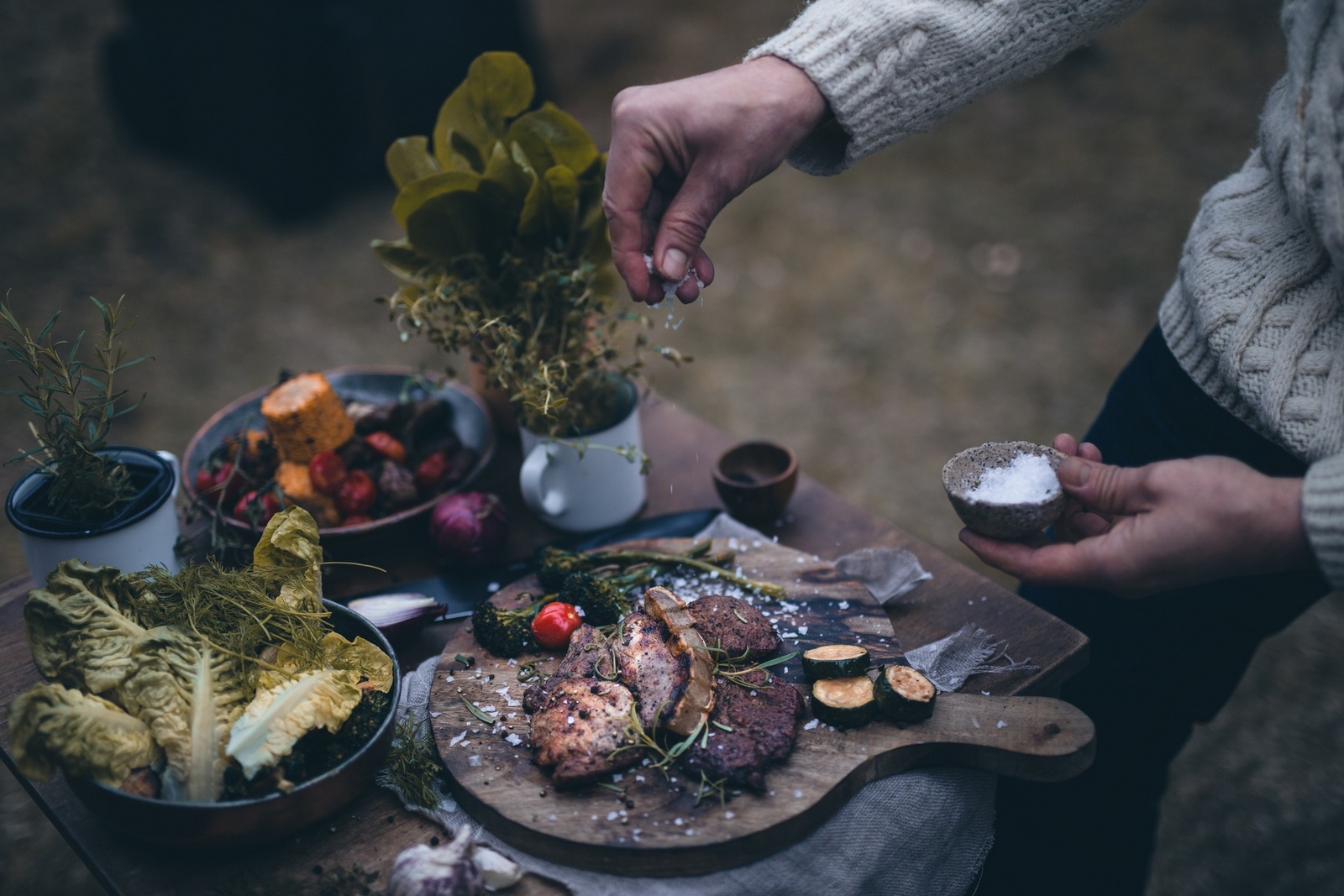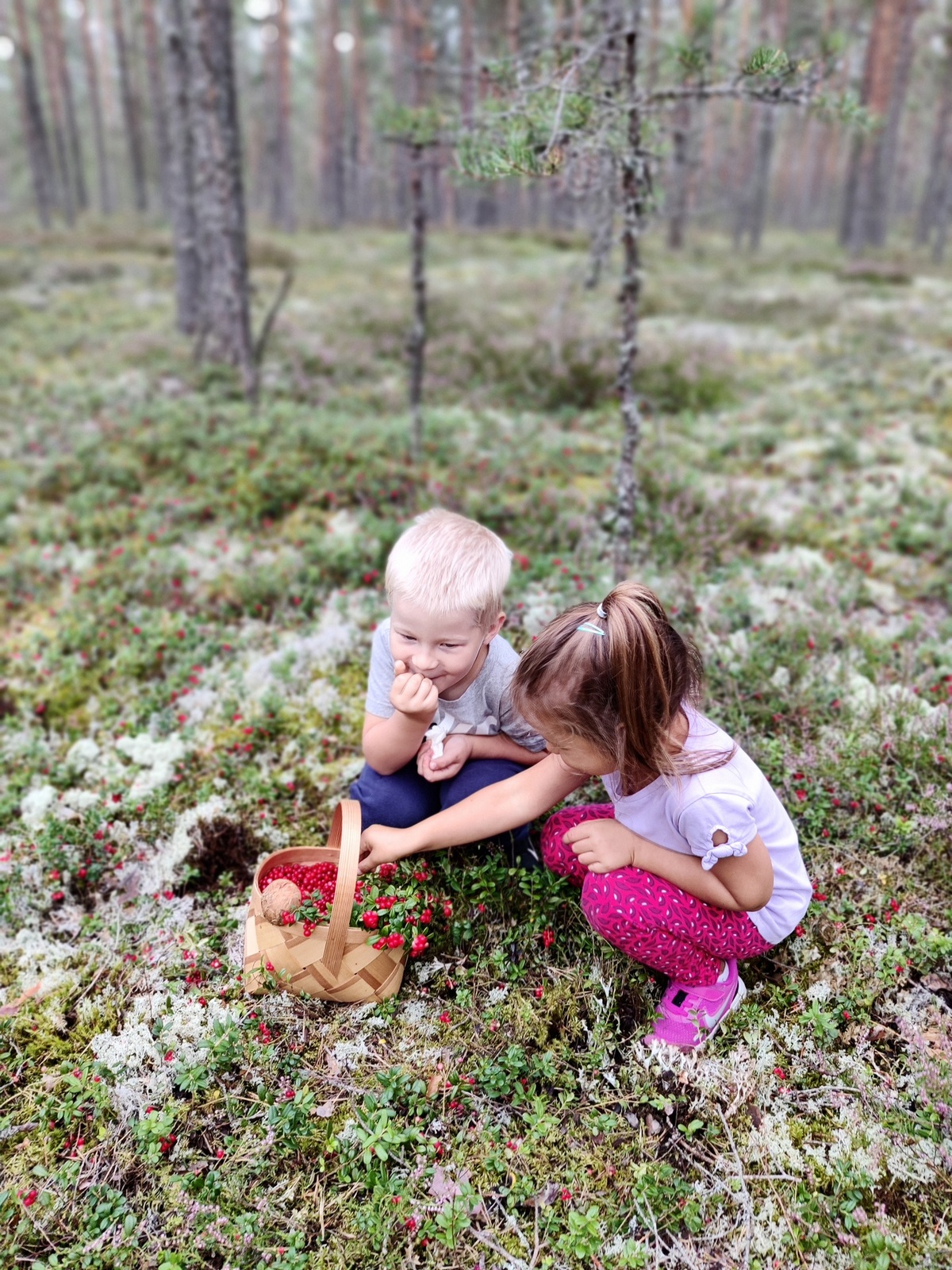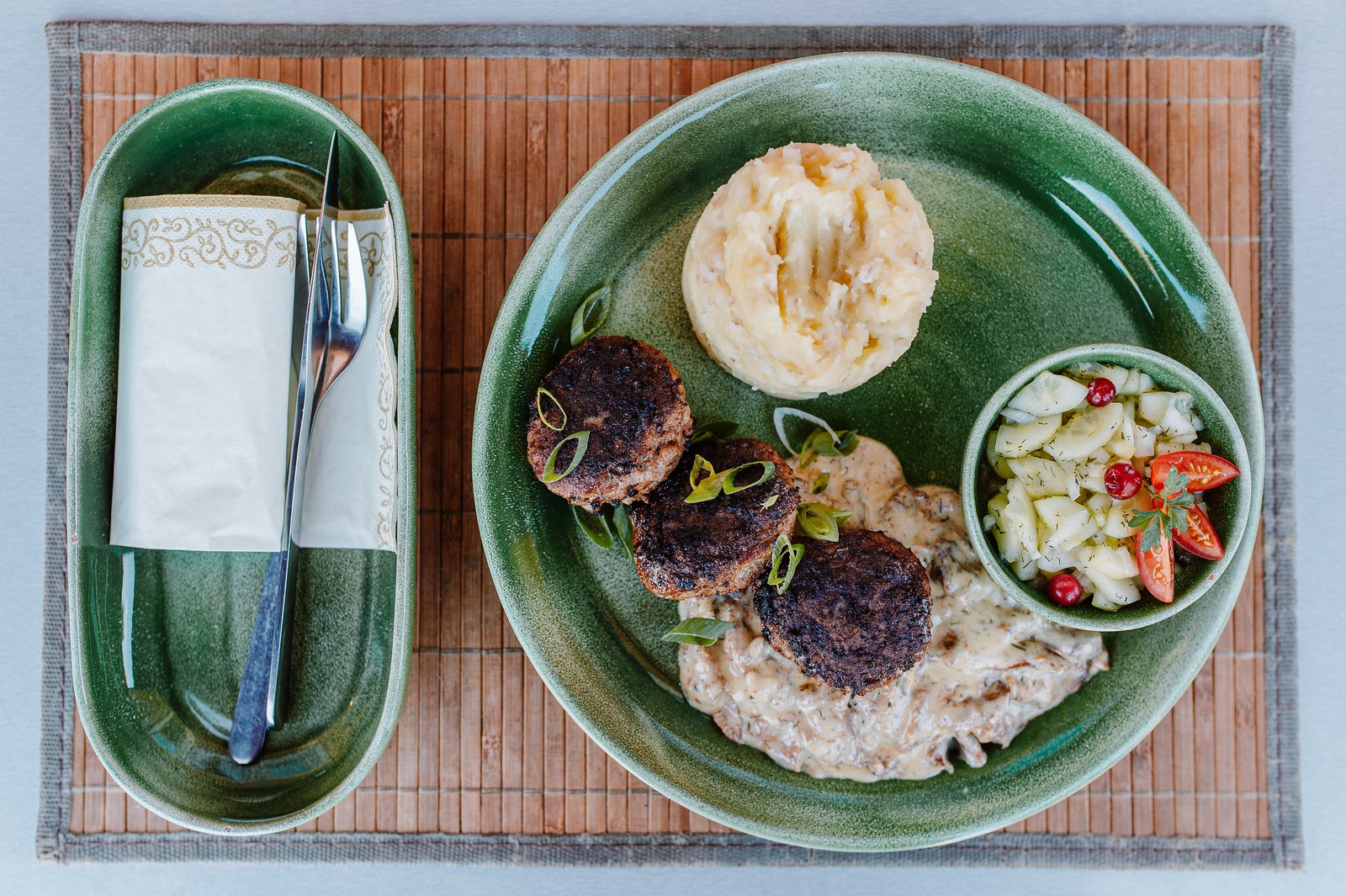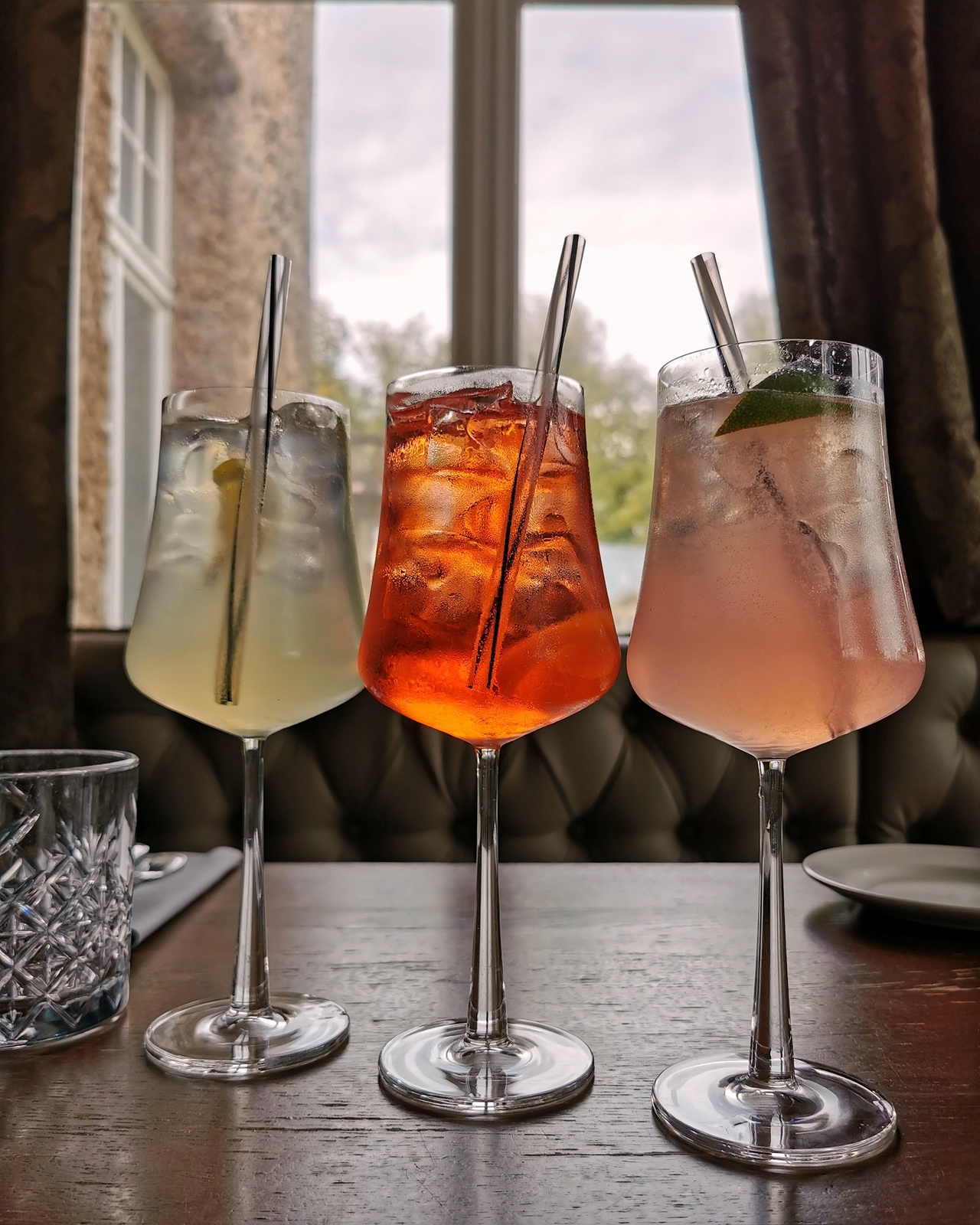Do Estonians eat anything besides bread?
Yes, actually they do!

Summer food. Photo by: Renee Altrov / Enterprise Estonia
Yes, actually they do!

Summer food. Photo by: Renee Altrov / Enterprise Estonia
Although bread, especially black bread or rye bread, is central
not only to Estonians’ diet, but their world view. Many Estonian food-related
customs and proverbs also respect bread: ‘Bread is older than we are’, they
maintain, and instead of ‘bon appétit’ they sometimes still say ‘May your bread
last!’ because you can never be sure that it will. The Estonian sense of humour
is also often said to be as black as their bread. Estonia is a northern country,
and this shows in their cuisine, eating habits, ingredients, cooking methods,
etc.
In general, Estonians tend to be closer to nature than the average
European, and the rhythm of Estonian life is shaped by the great seasonal
variations. Mushroom and berry picking in the autumn are still a real thing for
Estonians; it’s a hobby, therapy and necessity all in one. And almost every
Estonian knows a couple of good mushroom or berry groves where their family has
gone picking for generations.

Kids picking berries. Photo by: Enterprise Estonia
Estonia, as any
seaside country, has also always honoured fishing. The sea, lake and river fish
of the region have helped to provide livelihood for centuries, when crops have
failed because of unruly weather or other problems. Fishing is a field of
sports for many, but for some, it provides an opportunity to spend time with
friends or one’s own thoughts in nature. Any self-respecting restaurant in
Estonia offers at least one fish dish. An average Estonian eats about 10
kilograms of fish per year. Fish has been and is an integral part of the
Estonian cuisine.
Mulgipuder – potatoes and groats mash – is probably the most
peasanty Estonian food you could find these days. In the past, it was only
served on important holidays at peasants’ kitchen tables, but these days it is no
longer associated with celebrations and is served without any specific
occasion. Then there is potato salad, which is a classical birthday dish.
Estonian celebratory foods also include blood sausage, pork roast, sauerkraut
and, of course, potatoes at Christmas.

Mulgipuder served at Triinu pub in the city of Viljandi. Photo by: Silver Tõnisson / Visit Viljandi
The art of beer brewing is also an important tradition for
Estonians, especially among islanders off the western coast. Every
self-respecting family used to brew their own beer for special occasions like
Christmas or weddings. Today, more and more small craft beer producers are
renewing the taste nuances of this drink.
The Estonian climate probably brought
about the need to stock up for winter and the marinating or fermenting all
kinds of foodstuffs: cucumbers, pumpkins, cabbage, milk, fish, mushrooms, etc.
It is a ubiquitous tradition among Estonians.
Estonians also love their sour
rhubarb. As children, they like to dip it in sugar, crunch it and laugh at each
other’s contorted faces as the acid hits the taste buds. Thus, rhubarb is a
great mood enhancer for Estonians. Estonians use rhubarb in cakes, sweet soups,
of course jam, and in sparkling wine, with local rhubarb sparkling wine being
one of the most popular summer drinks.

Cocktails at the Wagenküll manor in southeast Estonia. Photo by: Enterprise Estonia
BACK TO ALL QUESTIONS